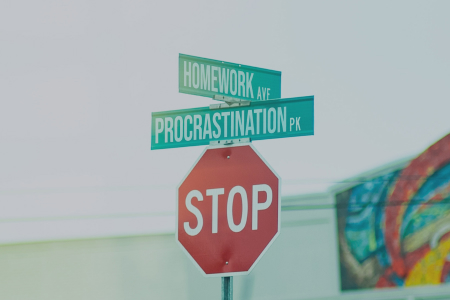
How to stop putting things off
The number of chronic procrastinators has quadrupled over the past 25 years. Why is there a procrastination epidemic?
Home » Productivity » How to boost your creativity?
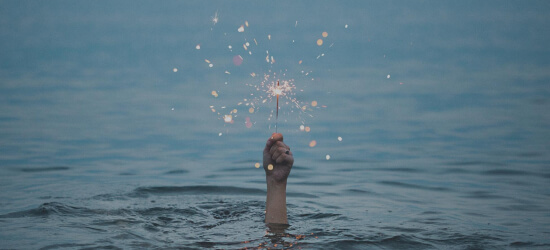
It’s the ability to create something new.
Novelty requires originality and it can be a combination of two or more old ideas into a new one or a completely new way to solve a problem. For example, perfecting some type of usual operation is also a kind of creativity, says a professor from the Rochester Institute of Technology.
There is one more criterion for creativity — new ideas or things must be useful and make operations easier, faster, and more effective. In other words, even a monkey can do novel things by randomly tapping on a keyboard, but if the results are useless they aren’t creative.
Scientists still accept the pioneering model of four stages of creativity, developed by British psychologist Graham Wallas in his work The Art of Thought in 1926. According to this model creativity involves four stages:
preparation – the person absorbs information
incubation – the information is analyzed
illumination – the solution sparks in brain
verification – the final product is created according to the initial aims.
Thus, creativity results in something original and useful that stands out among other similar solutions and helps one derive more benefits from a process or event.
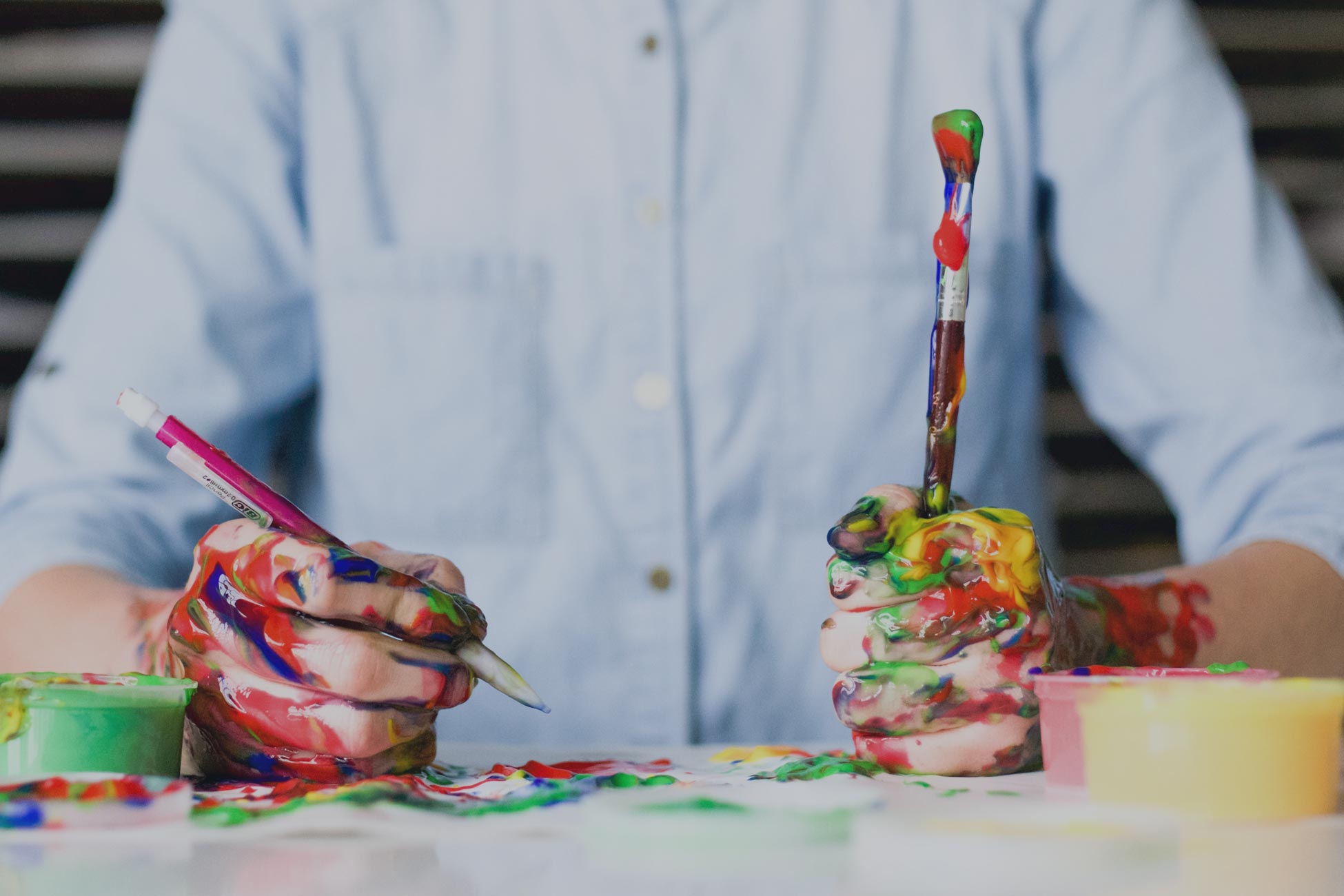
No, that’s not true. There is an opinion that humans have different brain areas responsible for creative and logical solutions. But this is all wrong, according to recent studies. Creativity is a mental process that utilizes all the resources.
The right hemisphere is, indeed, responsible for creative thinking, curiosity, experimentation, flexibility, and risk taking. But the solution doesn’t really work if it doesn’t solve the real problem. So we need to analyze what’s going on. And this is where the left hemisphere comes in.
Thus, different brain regions are activated to handle a creative task. Researchers from the University of Haifa found brain activity increases in an “associative” region among people who produce a creative solution. This region, which includes the anterior medial brain areas, mainly works in the background when a person isn’t concentrating, for example when we daydream.
But for creative thinking, one other brain region must also be active. That is the administrative control region related to social norms and rules. And the better these two regions work together, the greater the creativity.
Creativity also depends on a special chemical cocktail, consisting of the neurotransmitters serotonin and dopamine, in the brain.
Low levels of serotonin cause people to become anxious and fearful whereas high levels of it allow them to feel calm and relaxed.
Low levels of dopamine will make humans feel bored and disinterested whereas high levels will mean they are engaged and interested.
Stress also impacts the creative process. Stress is caused by the hormone called cortisol. If the cortisol level is high, you feel anxious and even fearful. In this situation the brain seeks safety and keeps the person focused on the beaten path, because it’s less dangerous, experts from Graduate School of Stanford Business explain.
But there is also a “good” kind of stress, which is also called challenge stress, and it can stimulate creativity. It happens when an individual has a reasonable time constraint in order to generate new ideas. Another “good stress” example is having a sizable workload when you feel challenged and need to use all the brain’s resources.
Because it’s one of the crucial skills for success.
In 2010 IBM conducted a Global CEO Survey based on 1 500 in-person interviews. It revealed that CEOs identify creativity as the number one leadership competency for the successful enterprise of the future. Why? Because creative employees are more innovative, ready to take risks, and have the courage and vision to make unusual decisions.
In the course of evolution, the ability to invent a wide range of new tools set humans apart from other species and helped them survive. Not only humans can be creative, though.
For example, Japanese researchers observed a monkey spontaneously rinsing sand off her sweet potato in the river before eating it, something that was seen and adopted by the rest of her group. Another study watched pigeons solve a food-reaching problem and effectively spread this new knowledge to other pigeons.
But it’s also the result of evolution that humans and other species tend to preserve energy. Thus, we are only creative when we are forced to invent something new. For example, because of changes in our living environment, or because old methods and tools don’t work anymore. Another reason is the increase of knowledge, a situation when one innovation demands another.
Yes. There were several life-changing bursts of creativity during human history.
These bursts resulted in cultural and social changes, as scientists from Stanford University discovered. For example, the Renaissance in Italy is connected with the Bubonic Plague. Here’s why:
Salaries grew because there was a shortage in the labour force. People were able to afford better houses and better clothes; they could spend more money for innovative household equipment or tools that would have made life easier. For example, flushable toilets, the knitting machine, the pocket watch, and bottled beer first appeared in the 15th century.
People had more free time, because there was also a shift from labour-intensive farming, such as cereal crops, to livestock and more labour-saving devices were employed. So they could spend more time on creative activities including music, art, and science.
Another historical burst of creativity happened in the 19th century with the Industrial Revolution, when machines made industry grow fast. It resulted in high urbanization, worsened the living conditions for millions of people, and spurred the emancipation of women. All of this pushed society to search new creative solutions for changing life and workflow. Here are just some examples of inventions during that time: sewing machine, fountain pen, telephone, electricity, refrigerator.
The latest burst of creativity happened in the 20th century caused by the surge of known as the Scientific-technological revolution. It resulted in the world we live in. Nowadays digitalization, globalization, robotics, and automation also change our living environment and demand new creative economic and social strategies.
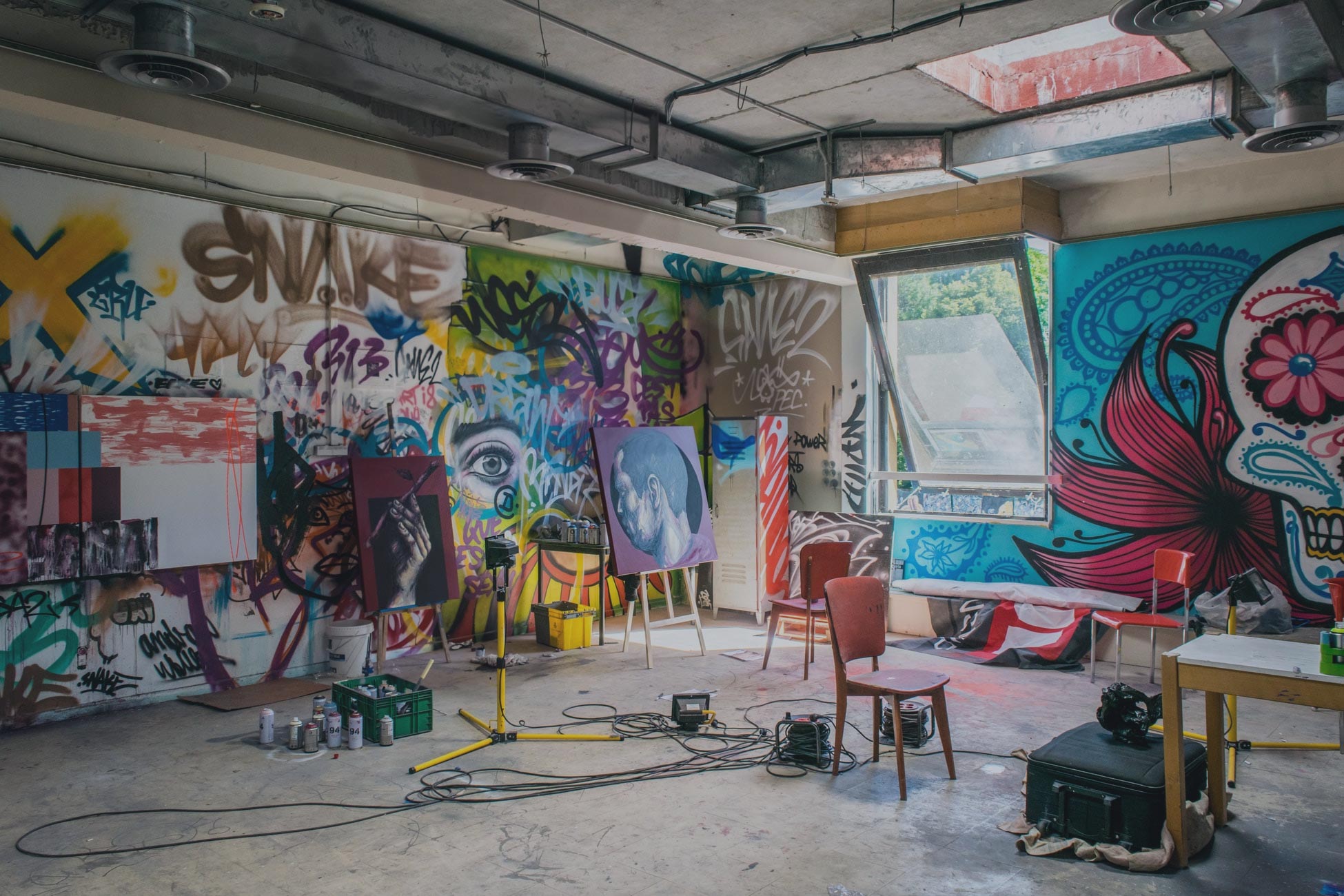
No, but for some people, it’s easier to develop creativity. Some features that affect creativity can be inherited. For example:
For example, a person might have certain inherited disorders that affect the generation of these neurotransmitters
Good connectivity between different brain areas and within one area.
One study showed that genes influence the quality of these connections. Moreover, another study found that elevating serotonin levels in the brain increases connectivity in one of its most important areas, the posterior cingulate cortex.
Good working memory.
The working memory system is responsible for temporarily storing and managing unrelated information, like numbers, facts, names, or instructions in our mind. Researchers from the Netherlands conducted a number of experiments and came to the conclusion that people with better working memory are can focus better. And the ability to stay focused enhances creativity.
There is also other research that proves the connection between creativity and genetics. A lot of people with musical talent have similar DNA sets. Another study found that if one twin works in a creative or artistic profession it’s more likely that the other twin works in a similar profession as well. Twins have the same genes, and this might determine their abilities and skills.
Although cognitive abilities and genetic factors are important, practice still makes perfect. Expertise is still determined by the hours of practice you’ve accumulated doing certain activity.
Yes, and the key is brain neuroplasticity.
Brain scans taken before and after a person gains new experience or learns to do something new show physical changes between the neurons and the generation of new neural cells. Even in old age, the brain still produces about 700 new neurons in the hippocampus per day. The brain’s propensity to change itself and adapt is called neuroplasticity.
We develop neuroplasticity every time when we learn something. For example, playing a musical instrument or finding a new way home from work. As a result, new neural cell connections are formed in our brain and new cells emerge to make these connections.
Moreover, old connections might be altered or even deleted if they are no longer useful. For example, in a healthy state you will never forget how to walk because you do it every day. But you might forget how to play Moonlight Sonata on piano if you haven’t practiced it for a long time.
It’s a matter of choosing the right time and surroundings – and using your imagination. Need to generate a creative idea fast, but your brain is empty?
Here are some tips for how to do it faster:
Get tired.
You may notice that you are more creative during some periods of day. But if you haven’t found these periods, try generating idea when you are tired. Research shows that people are more successful at tackling creative problems when they are least alert.
Get bored.
It has been found that people become more creative after doing something that seems boring. So, you can enjoy creative thinking after a long morning meeting or some useless reading.
Add a little noise.
Everybody has their own perfect work environment, but if you are unsure about yours, head to a noisy café. Moderate levels of noise increase creativity. It gives the logical forces in our brains something to do, so it empties space for non-logical processes like creativity.
Dim the lights.
Darkness increases freedom from constraints, which in turn promotes creativity, say researchers from Germany. They concluded this after a set of creativity tests performed by groups in rooms with different levels of illumination.
Imagine yourself in Paris or as a different person.
Psychological distance makes people think less about the surrounding world, which results in abstract thinking.
In general terms, you’re likely to be more creative at the end of your work day, in some noisy place with a pleasant level of illumination.
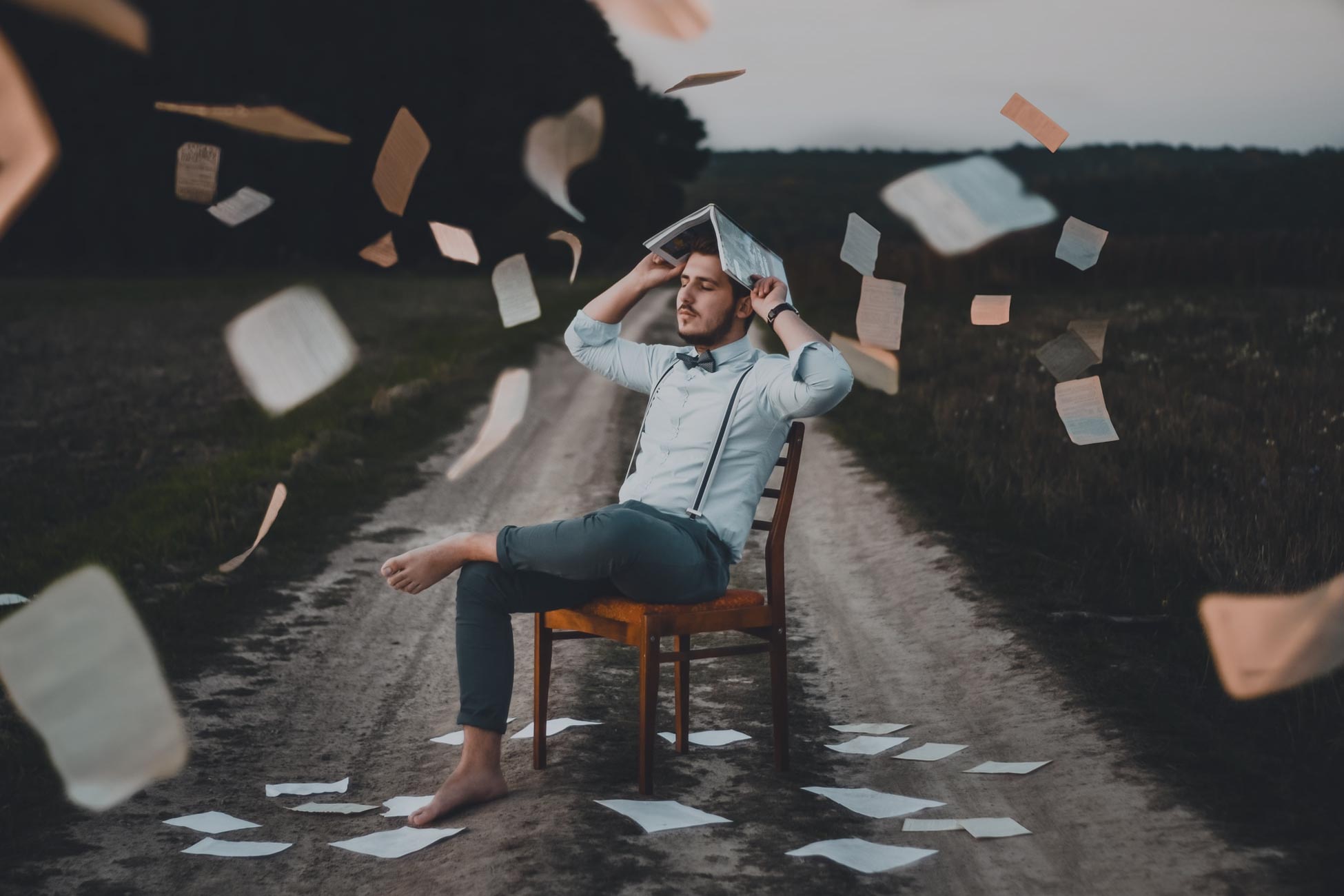
Be open-minded, brave, and critical in general terms. You can upgrade your creativity by changing your lifestyle or attitude toward things, by cultivating new habits or a new way of thinking.
Be curious.
A creative person doesn’t ask for a reason to learn something new. The more you know, the more likely you are to find an innovative solution.
Seek out challenges.
What doesn’t kill you makes you stronger. Think bigger, challenge yourself with new and greater tasks: it could be a difficult project at work or a new swimming style in the pool.
Express your bad emotions or mood.
Feel sad or angry? Researchers at Ghent University found that people experienced their most productive days when they began the day with something negativity and ended it with positive emotion, which suggests that they channeled their anger into their work. Or you can express emotions through some creative hobby like music or poetry.
Surround yourself with interesting things and people.
New experiences, unfamiliar people, and bright emotions help your brain create new connections.
Daydream.
Mind wandering may evoke a unique mental state that allows some unusual brain networks to work in cooperation, researchers concluded. Maybe that’s why we come up with new ideas in shower or while walking?
Make your workspace a little messy.
Disorderly environments seem to inspire people to break free from tradition, University of Minnesota researchers suggest, and this can produce fresh insights.
Observe the problem from unusual point of view.
It’ll help to find out original solutions.
Describe the problem in details aloud or on paper.
If you don’t, you may miss something important.
And you always can just write anything that comes to your mind on paper and make connections between it! Because as we’ve said, creativity is mostly about making new connections between old things.
So be a little more emotional and don’t be afraid to change your habits or be different from everybody else.
Psychological blocks.
The most common psychological blocks are:
Focusing on a single solution.
Your solution might be sufficient, but others might go ahead to find more effective solutions. That’s why it’s important to analyze as many variants as possible. Use a pen and paper and write out these possibilities. Maybe you could combine two possible solutions into something brilliant and unique.
Prejudice.
It has many forms. For example, the thought that the best answer, solution, or method have already been found, or that creative answers are complex technologically, or that you don’t have tools to implement them. You must be brave. Don’t have enough resources? Think how to use the ones in your possession. Don’t have enough tools? Create the one you need.
Fear of mistakes.
You must be willing to take some risks – rational ones, of course. There might not be any failures if you follow the beaten path, but you also might miss something really innovative if you don’t try going an unfamiliar way. Offer new ideas at work, even if they seem weird. Try rare technologies, even if nobody uses them.
Yes, lifestyle can change the serotonin and the dopamine levels that are important in the creative process. To keep the levels of these neuromediators high, you should follow some basic rules.
Choose food that contains:
tryptophan: turkey, milk, bananas, yogurt, eggs, meat, nuts, beans, fish, cheese, cereals
omega-3-fats: sunflower and olive oil, seafood, vegetables
salads with dandelion and nettle
Move:
spend at least 30 minutes doing physical exercises five time a week
walk in the sunshine, as vitamin D contributes to the generation of serotonin
walk from work to home
do sports, especially swimming, running, and cycling, as this aids the generation of serotonin
Relax:
sleep at least 7 hours every day
have sex
get massages or try floating
Control your stress:
Take stress & energy measurements with Welltory every morning, and make sure to give yourself a break if you see your stress levels gradually climbing.
Creativity depends on a lot of factors, but the most important thing is that you can nurture it with changes in your lifestyle and way of thinking, special exercises for your brain, and even changes to your environment.
Welltory Team, 23 Dec. 2021

The number of chronic procrastinators has quadrupled over the past 25 years. Why is there a procrastination epidemic?

Flow is a state of mind available to virtually everyone in both work and leisure. There are a number of things you can try in order to expand your capacity to enter flow.
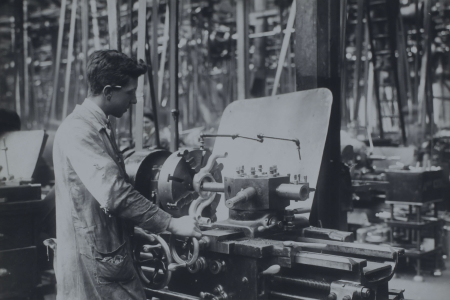
Find out how you can benefit from tracking your productivity and what you can start with.
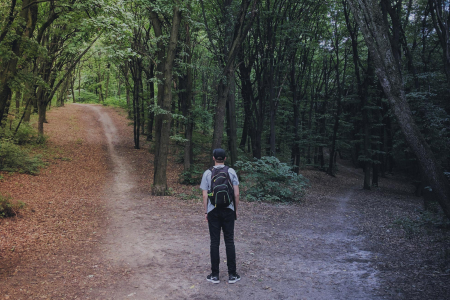
Understanding how to control the decision-making process is essential. It can give us the power to break patterns of behavior and change our lives for the better.
 App Store
App Store
 Google Play
Google Play
 Huawei AppGallery
Huawei AppGallery
 Galaxy Store
Galaxy Store







